Science in the media
-
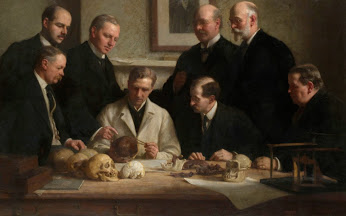
Antibiotics Are Linked To Type-2 Diabetes
A new study published in the Journal of Clinical Endocrinology & Metabolism finds that people who develop type-2 diabetes used significantly more antibiotics—even 15 years before they were diagnosed—than people […]
-
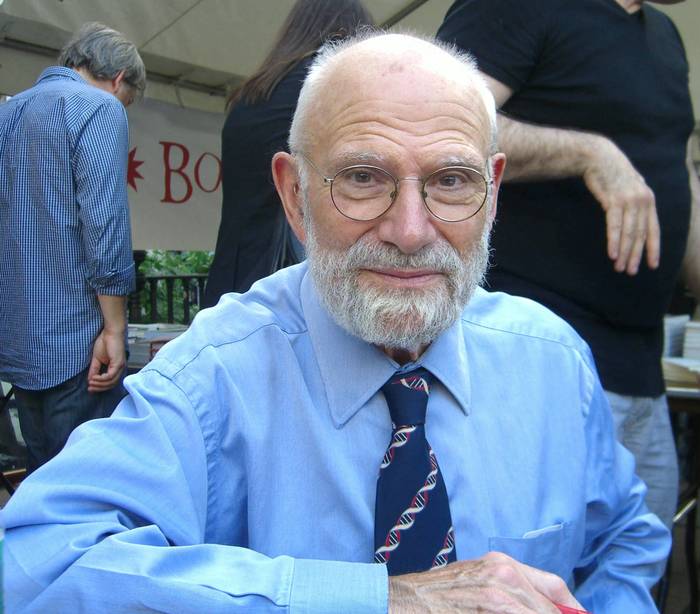
Atzo hil zen Oliver Sacks neurozientzialari eta idazlea
Oliver Sacks maisua izan zen zientzia eta literatura uztartzen. 82 urterekin hil zen, minbiziaren ondorioz. Hain zuzen, joan den otsailean, gibeleko minbizi hilgarria zuela iragarri zuen The New York Times […]
-

How Reliable Are Psychology Studies?
A new study shows that the field suffers from a reproducibility problem, but the extent of the issue is still hard to nail down.
-
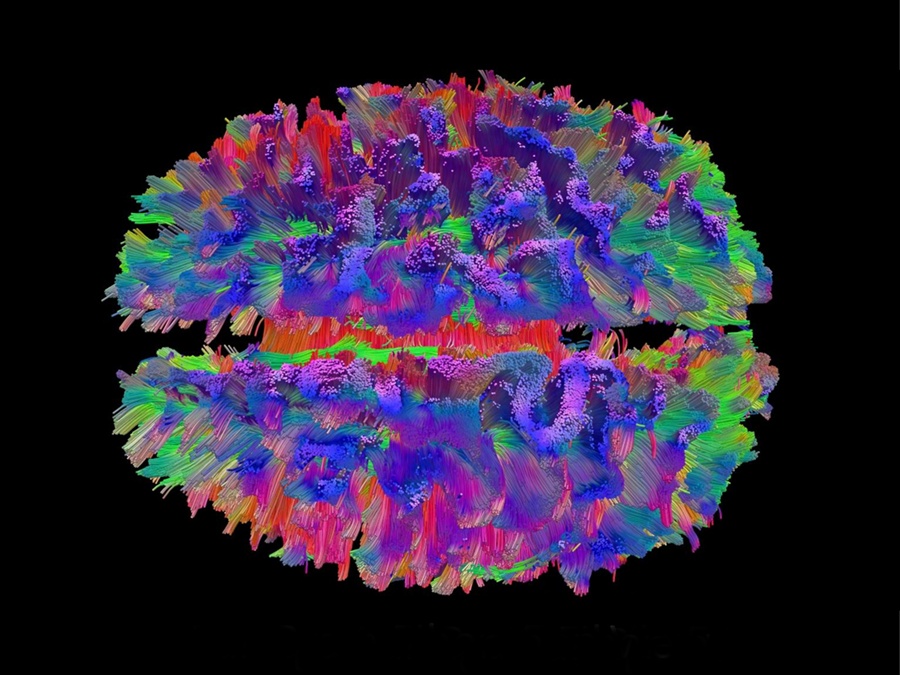
Seeing the Brain’s Broken Cables
A new imaging technique helps researchers map the damage from traumatic brain injury with unprecedented accuracy.
-
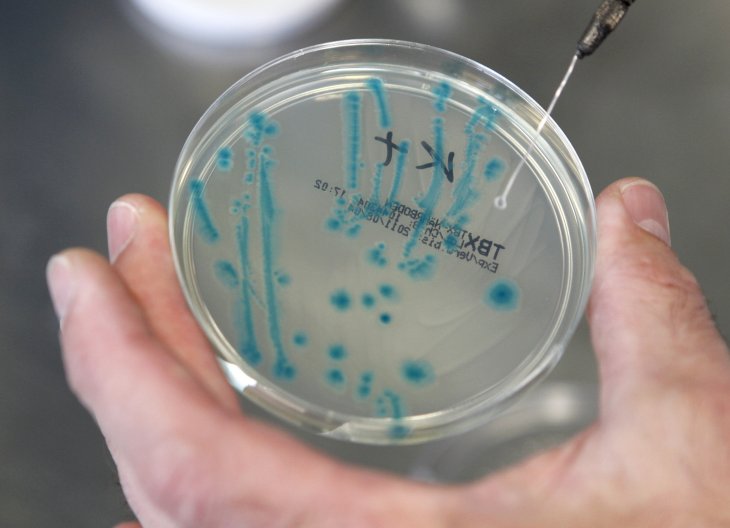
Distinctive Microbiome Associated With Schizophrenia
Scientists continue to discover ways that the viruses, bacteria and fungi that make a home in the human digestive system—also known as the human microbiome—may help further illuminate how the […]
-

Why big societies need big gods
The gods of today’s major religions are also moralizing gods, who encourage virtue and punish selfish and cruel people after death. But for most of human history, moralizing gods have […]
-

Desvelada una de las incógnitas del párkinson
Un nuevo estudio analiza cómo las neuronas más vulnerables al párkinson consumen cantidades inusualmente altas de energía. Esta enfermedad neurodegenerativa afecta al 2% de las personas mayores de 65 años, unos 150.000 […]
-
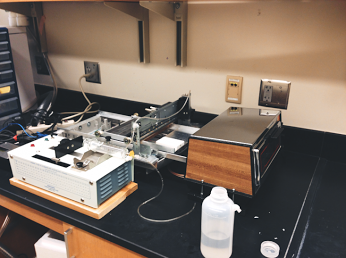
The Dawn of Life in a $5 Toaster Oven
How a homemade piece of lab equipment is recreating chemical evolution on early Earth.
-

Next-generation X-ray source fires up
Electrons have begun circulating in a synchrotron in Lund, Sweden, in what researchers hope marks the start of a new era for X-ray science.
